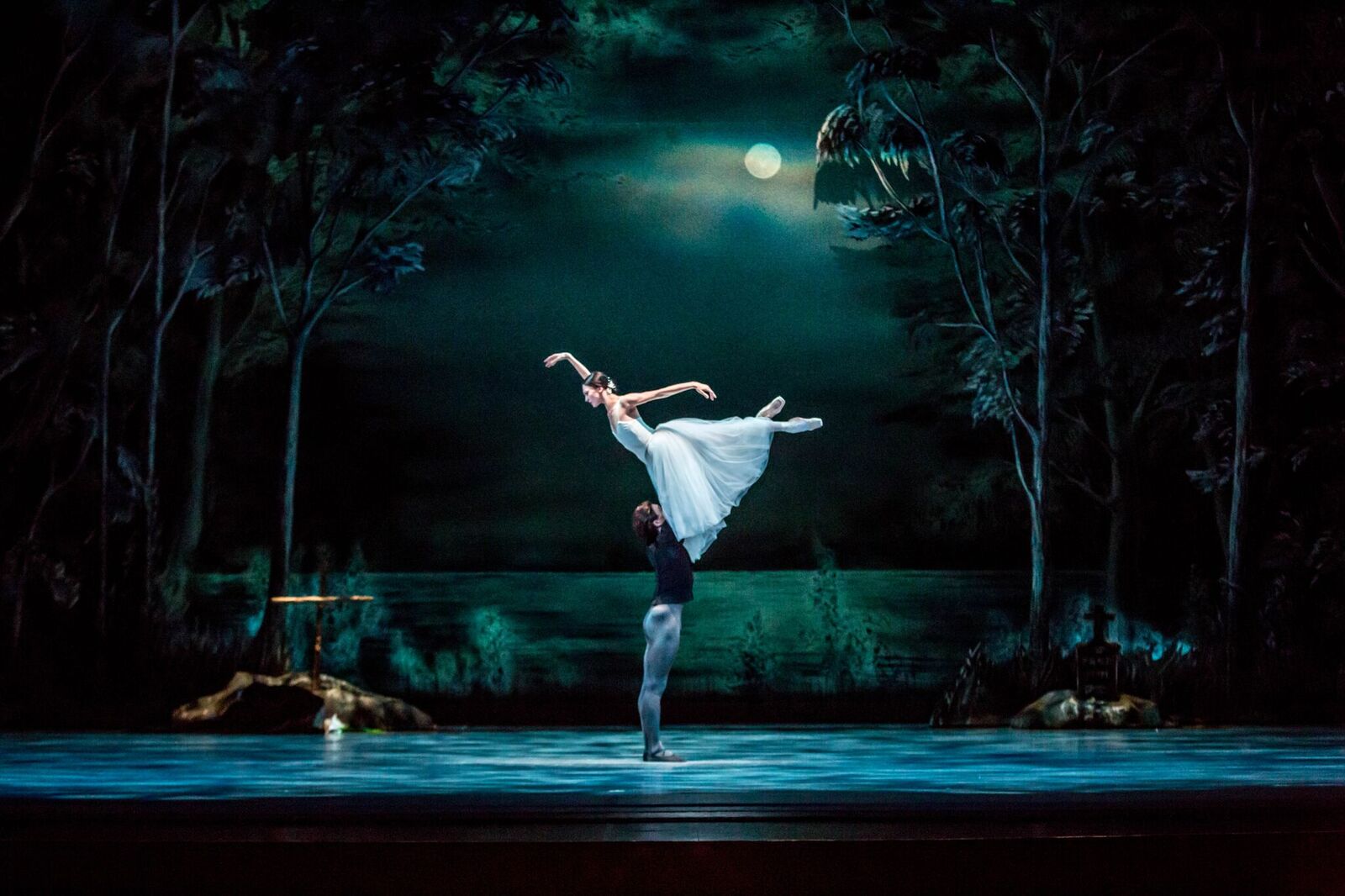The curtain falls, the music stops playing and the necessary distance grows. The loss of art that we are currently experiencing, in the theatres, in the cinemas, on the streets and in many other ways, sheds light on its true value. As Friedrich Nietzsche wrote, “We have art in order not to die of the truth”. Art is supposed to bring people together, but in the pandemic, the exact opposite is necessary.
On a daily basis, we are confronted with news on the pandemic as well as comments, analyses and debates about it. The barrage of information is often as devastating as important. The past year, the current situation and the victims of tomorrow are hanging heavily upon us, even if there seems to be a light at the end of the tunnel. What is the value of art in these times of crisis?
Art lets us live in the moment as well as escape it. The power of art lies in the fact that it knows no limits and can develop freely. Art challenges our perceptions, it helps us grasp reality and question what lies beyond it. Art widens our horizons and encourages us to think of the new and unconventional. But what can be done when you barely have a chance of reaching your audience?
The art and culture sector is trying to adapt to the new requirements of the pandemic, trying to make the best of the situation. Streaming offers and online events are better than nothing but they are no substitute for live performances, exhibitions, cinematic experiences and more. Not all artists can defy the circumstances. Big players in the art world will get through the crisis with a black eye thanks to subsidies. But, cultural life consists of countless small ensembles and artists who operate without a financial safety net. The small players are crucial for the cultural life and art scene. They often show more vividly what defines art and culture: passion, commitment, and courage.
Even if many art forms and experiences seem far away due to the circumstances of the pandemic, some seem closer to us than ever before. The re-birth of hobbies is upon us. Many have decided to take up writing, drawing or to engage in other creative diversions. For example, while concerts are cancelled, the sales of instruments are increasing. Maybe because there is a need to focus on something other than the news or the four walls surrounding us, maybe to cope with the current circumstances. Or maybe just to pass the time.
Art has existed as long as the human race. We use art to entertain and to be entertained, we use it as a form of cultural appreciation and aesthetics. Art impacts personal development and social change. Art gives us a reason to thrive.
The power of Art can be found in many shapes and forms. Books are one example of an art form that stays available during lockdowns.
“Books are the quietest and most constant of friends; they are the most accessible and wisest of counselors, and the most patient of teachers.” (Charles W. Eliot)
The reasons why we read are various, and that is one of the many qualities of books: they give (almost) everyone what they are searching for. Books can provide orientation and help in life. They let us live and learn with the characters. Books let us expand our understanding. They can help us feel and process; for example, Albert Camus’s The Plague became the defining book of the coronavirus crisis, just as Ernest Hemingway´s Paris memoir rose to the top of the bestseller lists in France following the terror attacks in 2015.
Furthermore, books give us the opportunity to immerse ourselves in parallel worlds, to live alternative lives and to forget about the present.
“A reader lives a thousand lives before he dies. The man who never reads lives only one.” (George R.R. Martin).
Through books, we can go on journeys despite closed borders and lockdowns. Nonetheless, books can also simply entertain us, which should not be underestimated.
Another still accessible art form is music. Though we are unable to experience it in a crowded concert, music can be just as rousing on the piano at home, in speakers or in our heads. Music can transport us anywhere. Surrounding us from all sides, it can envelop all our feelings, dreams and memories. Back to the one starry night, the city lights reflecting in the water. Sharing headphones with a loved one and together moving with rhyme and rhythm. Though everything has changed, music, just like a time-capsule, can take us back to that very starry night.
During the pandemic, there have been spontaneous balcony concerts, big drive-in concerts and, of course, concerts held via Zoom. Crises or not, music is an extremely effective way of releasing emotion and creating bonds with others, especially during this pandemic when other forms of communication are lacking.
“Music can name the unnameable and communicate the unknowable” (Leonard Bernstein).
The pandemic changes us, our way of thinking, our actions, and our understanding of the world. Art can accompany us through this time. It helps us through times of uncertainty and grief, it gives us the opportunity to feel and live. It can even help to remind us of why we live. Undoubtedly, the pandemic is a time of worry, a time of sorrow – it is nonetheless also a time that gives us an opportunity to reimagine the world, and our place within it.

Celina Gleisner
Celina Gleisner is a freelancing journalist, currently finishing her double master's degree in International Public Policy and European Studies.




